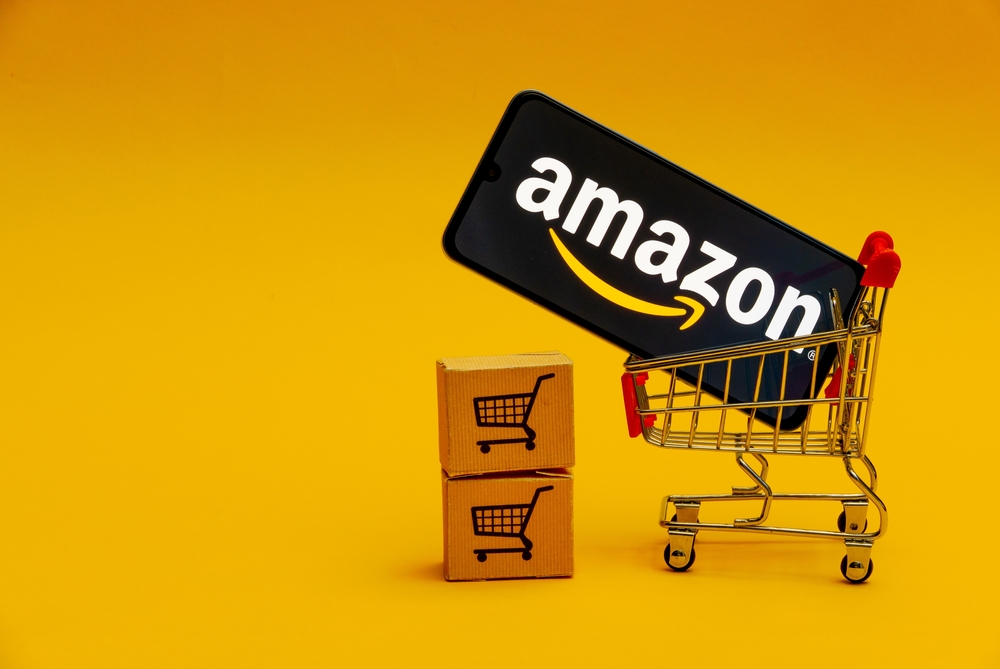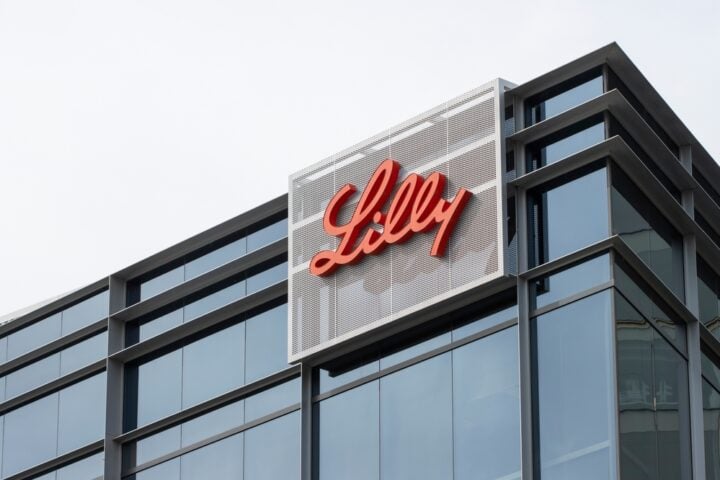Amazon has entered the budget shopping arena with the launch of Haul, a new outlet designed to rival low-cost platforms Temu and Shein. The new service, launched as a mobile-only feature within Amazon’s Shopping app, promises U.S. customers a range of products capped at $20, with most items priced under $10. This marks Amazon’s bold step into the world of ultra-affordable online shopping.
Competing on Price and Patience
Haul promises “crazy low prices” on items that will be “worth the wait,” with delivery times extending up to two weeks. The service aims to replicate the low-cost model popularized by Chinese e-commerce giants Temu and Shein, whose rapid expansion has hinged on the sale of inexpensive products with longer shipping times. The move underscores Amazon’s commitment to remaining competitive in the evolving retail landscape.
According to Dharmesh Mehta, Amazon’s vice president of worldwide selling partner services, the company is working with its partners to offer products at ultra-low prices while maintaining product quality and safety assurances. “Finding great products at very low prices is important to customers, and we continue to explore ways that we can work with our selling partners so they can offer products at ultra-low prices,” said Mehta.
Regulatory and Environmental Concerns
The rise of budget e-commerce platforms has not been without controversy. Critics, including analysts and regulators, have expressed concerns over the environmental impact of shipping large volumes of low-cost goods and the potential for platforms to facilitate the sale of non-compliant products. Forrester retail analyst Sucharita Kodali highlighted these issues, noting, “Temu and Shein have faced backlash both for taking advantage of import loopholes and for being wasteful and environmentally irresponsible. This effort seems to have the same challenges.”
In fact, Temu recently came under scrutiny from the European Commission over its handling of potentially illegal products. This increased regulatory oversight could also extend to similar business models, including Haul, as authorities and consumers demand more accountability from e-commerce platforms.
Potential Pitfalls for Amazon
While Haul is poised to attract budget-conscious shoppers, the venture comes with risks. Kodali pointed out that consumer patience for low-quality goods and delayed shipping may be waning. “There is evidence consumers are growing tired of poor quality goods and slow shipping,” she said. This raises questions about whether Haul can maintain customer satisfaction and profitability in the long term.
Despite these challenges, Amazon is pressing ahead with its latest experiment, positioning Haul as a competitor in the growing low-cost segment. Mehta emphasized that the launch is still in its early stages, and the company is open to feedback to “refine and expand it in the weeks and months to come.”
What’s Next for Haul?
The initial rollout of Haul is exclusive to U.S. customers, with Amazon yet to confirm plans for an international launch, including in the UK. As Haul navigates the complex landscape of consumer expectations and regulatory scrutiny, its success could signal a new phase in Amazon’s strategy to dominate all corners of the retail market. However, as Kodali suggested, if the new outlet fails to meet customer expectations or prove financially viable, “I don’t expect Haul to be long for the world.”







